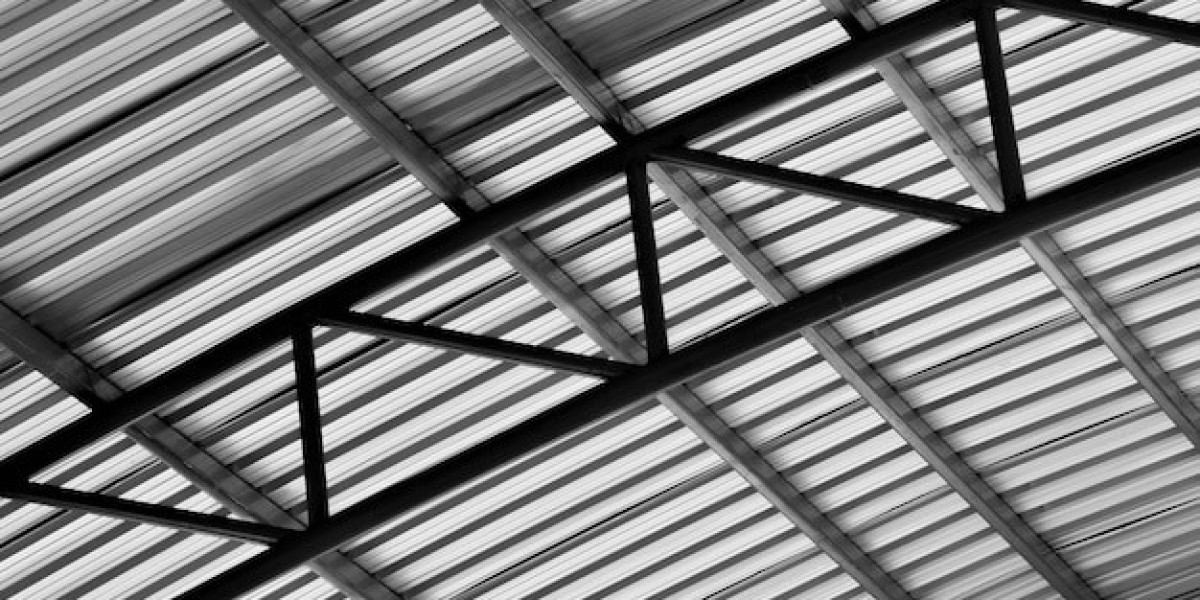Steel has long played a vital role in construction, but recent trends show that it is no longer just a support material—it's taking center stage. Whether it's for commercial complexes, residential buildings, or industrial facilities, builders and developers are increasingly choosing steel framing for its strength, flexibility, and long-term savings. But why is this material gaining such momentum in today’s construction landscape?
In this article, we’ll explore the advantages of steel framing, how it compares to traditional materials, and why it’s the preferred choice for a wide range of building projects. Whether you’re a contractor, architect, or property owner, understanding this shift can help you make more informed construction decisions.
What Is Steel Framing?
Steel framing is a construction technique that uses steel columns and beams to create a building’s structural framework. Unlike wood or concrete, steel offers superior strength-to-weight ratio, making it ideal for projects requiring long spans and open spaces. It’s also more resistant to environmental threats like termites, rot, and fire.
There are two common types of steel framing:
Light-gauge steel framing: Primarily used for residential and small commercial applications.
Structural steel framing: Best suited for large-scale industrial and high-rise buildings.
Key Advantages of Steel Framing
Durability and Strength
Steel is inherently strong, allowing it to support heavy loads with minimal material. It doesn’t warp, crack, or expand like wood, ensuring that the structure remains intact over time. This is particularly advantageous in areas prone to earthquakes or high winds.
Speed of Construction
Because steel components are pre-engineered and fabricated offsite, assembly time is significantly reduced. Contractors can erect a steel structure faster than one made with traditional materials. This can lead to earlier project completion and lower labor costs.
Sustainability
Steel is 100% recyclable. Many steel framing systems are made from recycled materials, making it an eco-friendly choice. In addition, less waste is generated during construction because steel components are precisely cut to fit.
Design Flexibility
With steel, architects and engineers have more freedom to create innovative designs. Its high strength allows for larger open spaces and fewer load-bearing walls, making modern, open-concept layouts much easier to achieve.
Comparing Steel to Wood and Concrete
While wood is cost-effective and easy to work with, it lacks the durability and fire resistance of steel. Concrete, though strong, is heavier and requires more labor and time to install. Steel, on the other hand, strikes a balance between ease of construction, strength, and long-term cost savings.
Moreover, conventional steel structures offer unmatched precision in design and assembly, contributing to fewer construction errors and better overall quality. Prefabricated steel elements are especially useful in reducing delays caused by weather or onsite changes.
Cost Considerations
While the initial cost of steel framing may be higher than wood, the long-term savings often outweigh the upfront investment. Reduced labor costs, quicker installation, and lower maintenance requirements contribute to overall affordability. Additionally, steel’s durability means fewer repairs and replacements over the lifespan of the building.
Insurance premiums may also be lower for steel-framed buildings due to their resistance to fire and natural disasters.
Applications in Various Industries
Steel framing is used across diverse sectors:
Commercial: Office buildings, retail outlets, and shopping centers.
Residential: Modern homes and apartment complexes.
Industrial: Warehouses, factories, and plants.
Institutional: Hospitals, schools, and government facilities.
Its versatility makes it suitable for both load-bearing and non-load-bearing applications, offering scalability for future expansion or modification.
Conclusion
Steel framing is quickly becoming the backbone of modern construction for good reason. Its durability, speed of assembly, and sustainability offer clear advantages over traditional materials. While initial costs may be slightly higher, the long-term benefits in strength, flexibility, and environmental impact make it a smart investment for future-ready buildings.








